Before you zip up that suitcase and snap your airport selfie, there’s one crucial step that often determines whether your trip will be smooth sailing or full of stress: preparation.
Being prepared doesn’t mean being rigid or overly meticulous. It means laying the groundwork so you can relax, stay flexible, and enjoy your travels without scrambling for missing documents, making emergency bank calls, or realizing too late that your passport expired.
Our ultimate travel checklist covers everything you need to check off before departure, from documents and money matters to tech, packing, and even your home.
The Ultimate Travel Checklist
1. Passport & Travel Documents
If you take one thing from this article, let it be this: check your passport expiration date. Many countries require your passport to be valid for at least six months after your return date; some airlines will even deny boarding if that isn’t the case.
Here’s a travel document checklist to live by:
- Passport
- Entry visas, if required for your destination
- Printed and digital copies of your itinerary
- Travel insurance policy and emergency numbers
- COVID-19 vaccination card, if your destination requires proof
- Copies of prescriptions or medical notes
- Emergency contact list
Keep both physical copies and offline backups of these documents in Google Drive, Dropbox, or your phone’s files app, so you’re never stuck without access.
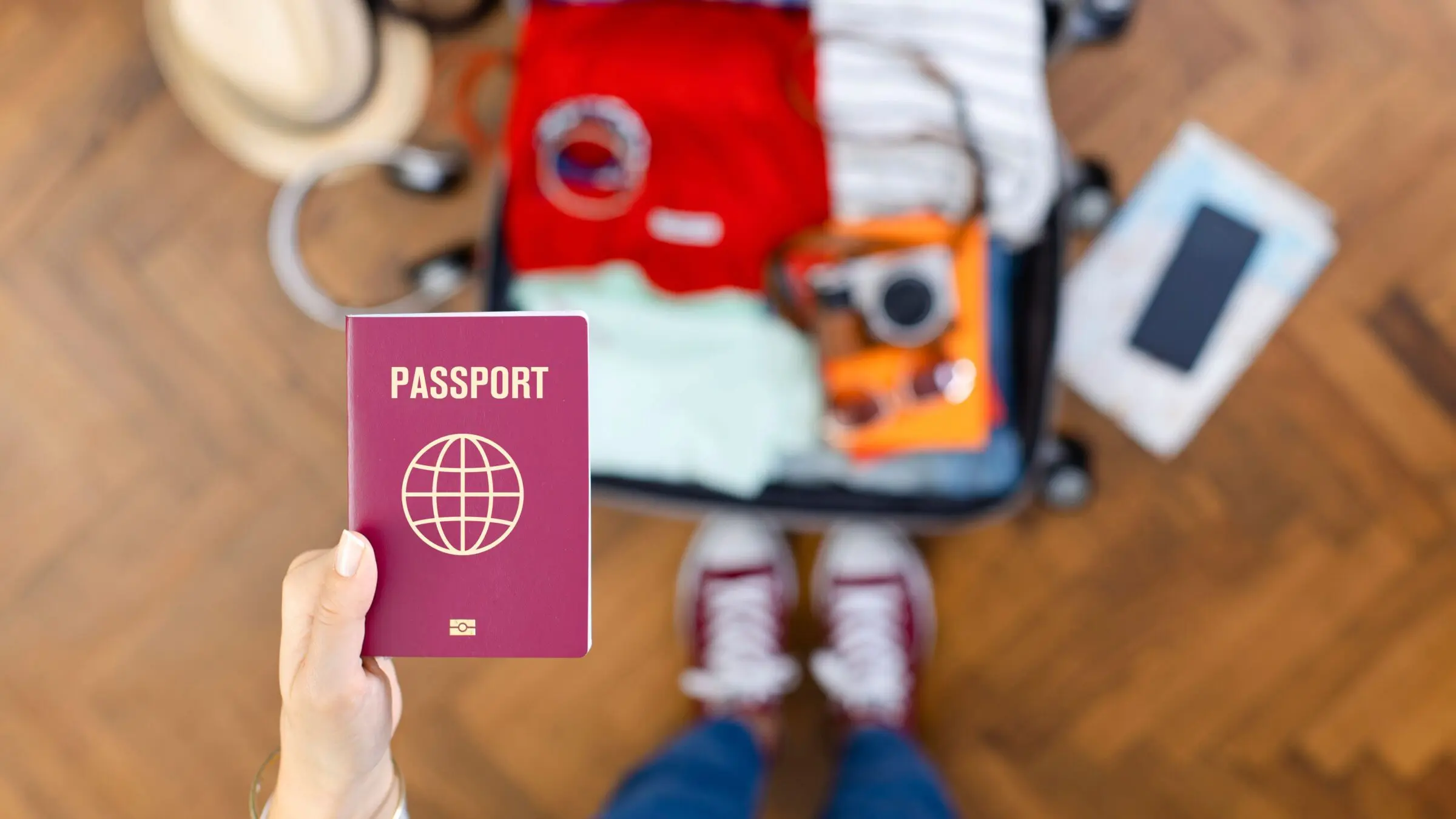
2. Entry Requirements & Travel Alerts
Not all borders are the same. Some countries welcome you with a passport stamp and a smile, while others require a detailed application, a visa fee, proof of vaccinations, and maybe even a digital authorization.
Stay informed on what will be required of you by:
- Checking official government travel sites like travel.state.gov or your destination country’s immigration website.
- Using tools like Sherpa or IATA Travel Centre for up-to-date entry info.
- Signing up for alerts from your country’s travel registry.
Be aware that rules may change without much notice. For example, while Thailand might drop visa requirements this month, Spain may tighten theirs next month. Set calendar reminders to double-check what’s what as you get closer to your departure date.
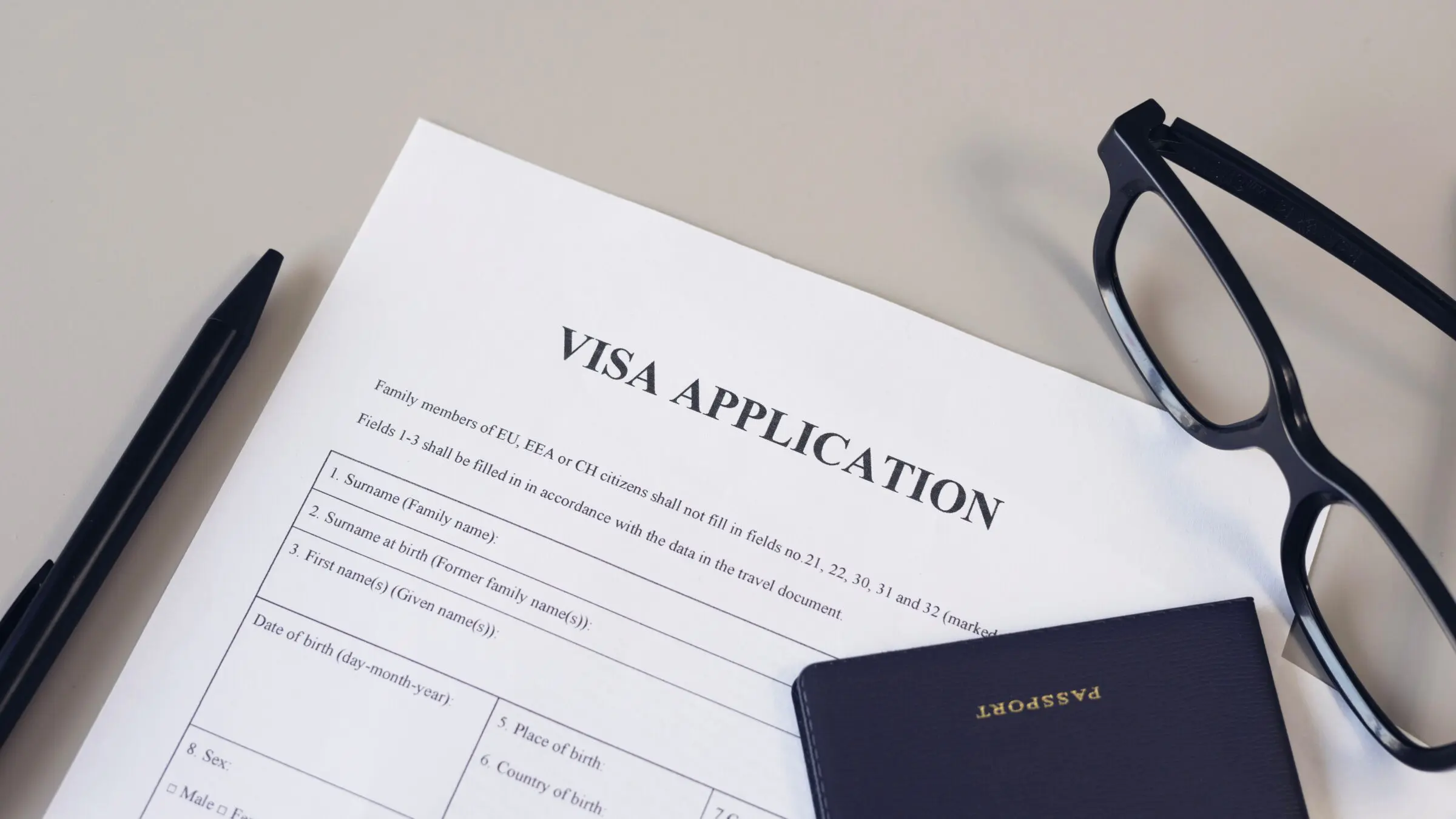
3. Transportation & Confirmation of Reservations
There’s nothing worse than showing up for a flight, only to discover it was moved or canceled. To avoid this huge inconvenience, do the following a few days before you depart:
- Reconfirm flights, trains, or ferries by checking emails and airline apps.
- Verify your rental car pick-up time and location.
- Organize airport transfers.
- Screenshot or print your booking confirmations.
Have a backup plan in place in case things go sideways. That might mean knowing your airline’s change policies or bookmarking local taxi apps in case your shuttle no-shows.
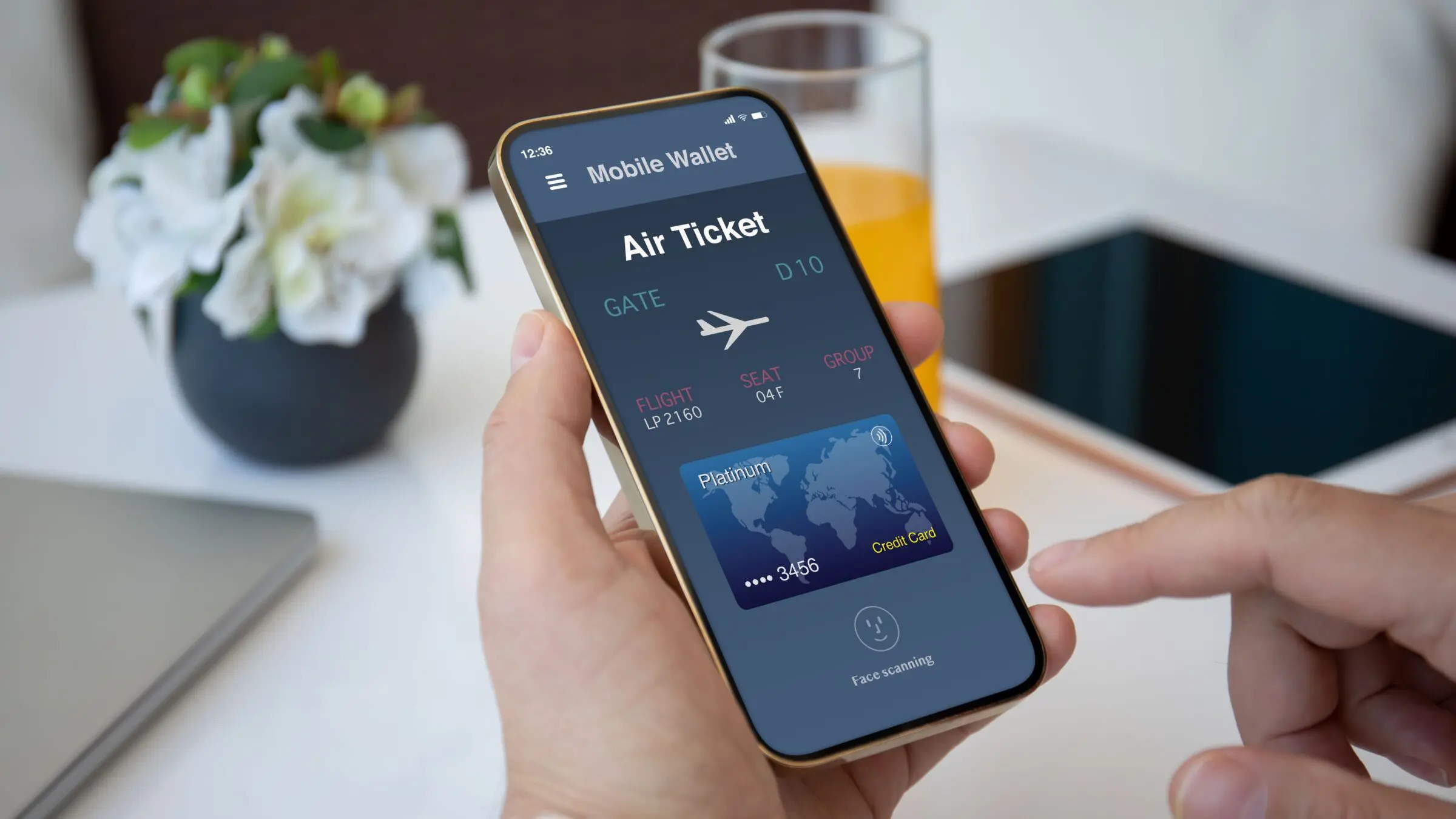
4. Accommodations & Itinerary
Once you arrive, the last thing you want is to dig through your inbox to find your hotel’s address while your cab meter is ticking.
Make sure you save copies of your accommodation bookings. Download your itinerary with dates and times of tours or event reservations. You should also mark key locations, like your hotel, excursions, and restaurants, in Google Maps so you don’t get lost.
If you’re headed to Greece and intend to visit one of their rural villages, like Apiranthos in Naxos, you may not have Wi-Fi. So, downloading offline maps using Google Maps or Maps.me is a must. It’s also a good idea to keep a paper itinerary in your carry-on just in case your phone dies.

5. Financial Preparation
Traveling can get tricky if your card gets flagged or your ATM fees start piling up. A few financial steps now can save a lot of headaches later.
Let your bank know when you’ll be traveling and where you’ll be going. Use a travel credit card that doesn’t charge foreign transaction fees, if possible, to protect yourself against fraud.
Bring a backup card and keep it in a secret place just in case. Don’t forget to have some local currency in small denominations for tips, taxis, or market purchases.
Some countries, particularly rural or off-the-beaten-path spots, may be cash-only. So, always carry enough for a day or two of expenses, potentially more if you’ll be staying in these areas for longer.
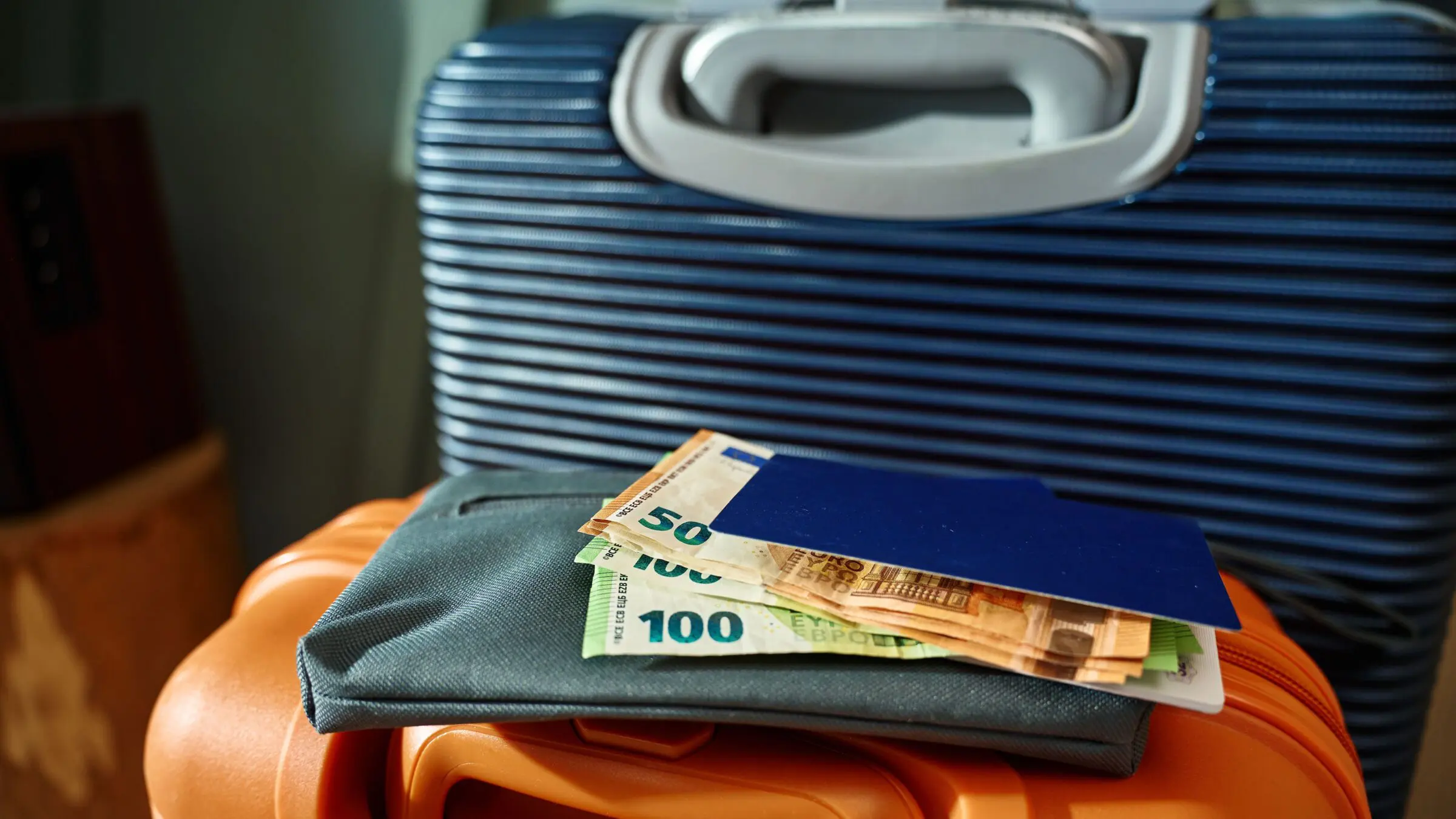
6. Travel Insurance
Unexpected things can happen when you travel. A flight gets canceled, a bag goes missing, or worse, you end up needing medical attention in a foreign country.
That’s where travel insurance comes in. Look for policies that include trip interruption or cancellation coverage, medical emergencies, evacuation, baggage delay or loss, and 24/7 travel assistance.
Using sites like Squaremouth or InsureMyTrip, you can easily compare different policies. Whichever policy you choose, be sure to read the fine print, especially if you’re doing adventure activities like scuba diving or mountain trekking.

7. Tech & Communication Tools
No one wants to be the person frantically borrowing a charger at the airport. Make sure you pack yours and these other critical items in your travel tech kit to stay connected while traveling:
- Portable power bank
- Universal power adapter
- SIM card or eSIM for international data, or activate roaming
- Noise-canceling headphones or earbuds
- Travel apps, such as Google Translate, WhatsApp, Google Maps, and a currency converter
Download everything before you go because you never know how strong your internet connection will be after landing.
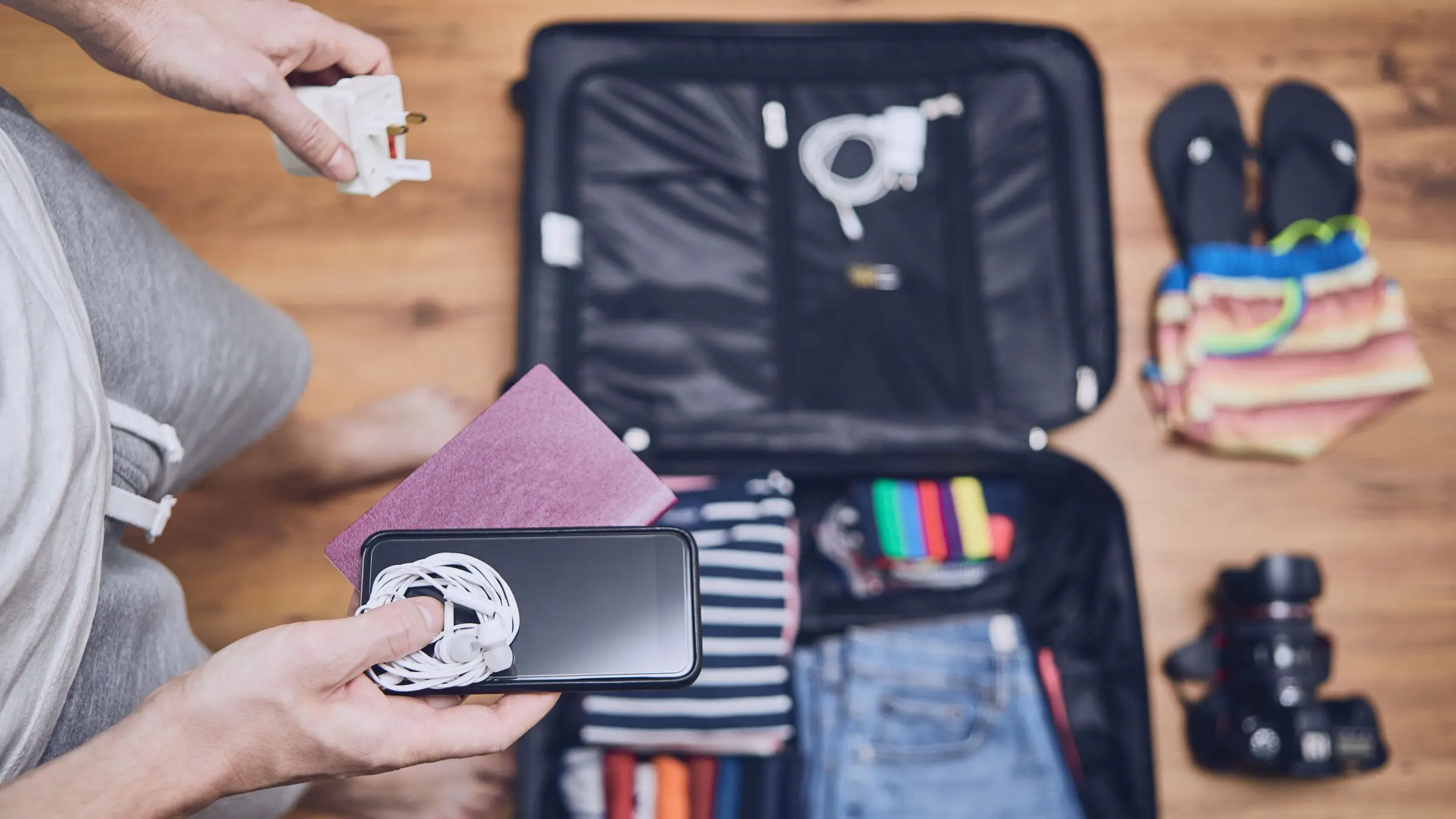
8. Packing List
A packing list may seem basic, but it’s the best antidote to both overpacking and forgetting something important.
Packing essentials include:
- Reusable water bottle
- Daypack or crossbody bag
- Toiletries in travel sizes
- Medications and a mini first-aid kit
- Versatile shoes: ideally two pairs, one for walking and a dressier one
- Layers, including base layers, mid layers, and a lightweight outer layer
Use packing cubes to stay organized and stick to layerable clothing. You’re going to need these layers in countries with mixed climates like Croatia. One day you’re exploring the sunny eastern Adriatic Sea shore, the next you’re hiking in a misty forest in Plitvice Lakes National Park.
And don’t forget to leave a little extra room in your bag for souvenirs.

9. Securing Your Home
Before jetting off, take a few simple precautions to ensure your home is safe while you’re away. A little preparation can go a long way in giving you peace of mind during your travels.
Start by managing visible signs that you’re gone. Pause your mail delivery or ask a trusted neighbor to collect it. Set timers on lights to create the illusion that someone is home. Before you leave, double-check that all doors and windows are securely locked.
Don’t forget your thermostat; setting it to vacation mode can save energy while maintaining a safe indoor temperature. It’s also a good idea to secure valuables and important documents out of plain sight or in a safe.
Let a friend or family member know your travel dates so someone is aware of your absence. If possible, enlist a house-sitter or make use of smart home tech, such as doorbell cameras, motion detectors, and remote-monitoring alarm systems, to keep an eye on things from your phone.

10. Local Phrases & Customs
Even a few words in the local language can earn smiles and save you in a pinch. At the very least, learn some essential phrases, like:
- Hello and goodbye
- Please and thank you
- Excuse me and I’m sorry
- Yes and no
- Where is…?
- Help and call the police!
Knowing a few phrases shows respect and builds connection, whether you’re ordering gelato in Italy or asking for directions in Spain.
Also, take time to read up on local customs, such as what the tipping culture is, appropriate dress, and how certain hand gestures are interpreted.

Ultimately, travel is meant to expand your world, not stress you out. Take a few hours to prepare thoughtfully at home to give yourself the freedom to be more spontaneous during your trip.
Whether you’re sipping espresso on a Roman piazza, hiking the trails of Croatia’s Dalmatian coast, or navigating a new metro system in Spain, you’ll feel confident knowing the details are handled.

Born and raised in Athens, Maria’s passionate about travel and storytelling, a combination that makes her ideal for her role as our content manager.